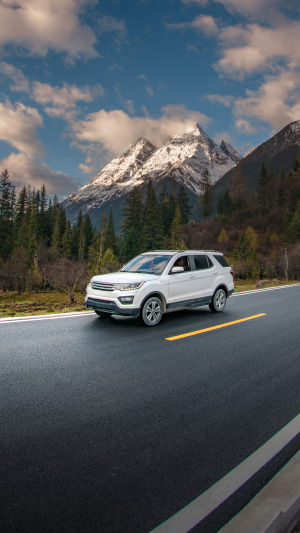Out of the world's population of 6 billion, approximately 4 billion people drive on the right side of the road, while the remaining 2 billion prefer the left side. Have you ever wondered why this discrepancy exists?
The history of left-hand and right-hand drive cars is a fascinating tale that dates back centuries.
In the early days of Western society, knights engaged in jousting battles found it more convenient to drive on the left side of the road.
This choice allowed them to wield their lances with their dominant right hand, making it easier to strike their opponents. Conversely, driving on the right side while attempting to raise the lance with the right hand proved to be quite awkward.
As horse-drawn carriages became increasingly prevalent in Europe, the custom of driving on the left side of the road gained traction, becoming a symbol of aristocratic prestige.
The practice of driving on the right side of the road emerged in 18th-century France. The reason for this shift was the flourishing stagecoach mail and wagon businesses in France.
Drivers in these horse-drawn vehicles typically sat on the left front, using their right hand to manage the whip and control the horses on the left and right sides.
This setup allowed the driver to keep an eye on the left side of the road to avoid collisions. On the other hand, driving on the left side required the presence of a deputy, resulting in additional labor.
From a driver's perspective, right-hand drive and left-hand drive cars are nearly identical. The positions of the gas pedal, brakes, gears, turn signals, and windshield wipers remain the same, with only the steering wheel's position being altered.
However, from a manufacturing standpoint, the differences between right-hand and left-hand drive models entail modifications to the internal structure.
Components like the steering and maneuvering mechanisms, hydraulic oil systems, electric circuits, and bodywork may require redesigning. Safety considerations also prompt adjustments to the position of airbags and other safety features.
When driving on the right side, drivers can comfortably control the steering wheel with their left hand while using their right hand for gear shifts, managing the dashboard, and other operations. This setup is deemed more practical, especially since most people are right-handed.
Conversely, when driving on the left side, making left turns is more efficient than making right turns. Given that the right eye typically dominates human vision, positioning the driver's seat on the right side of the vehicle enhances the visibility of oncoming traffic.
Left-hand traffic also capitalizes on human instincts to avoid danger—people instinctively lean or swerve to the left when faced with a threat. This instinctual response is quicker when turning left to evade danger.





